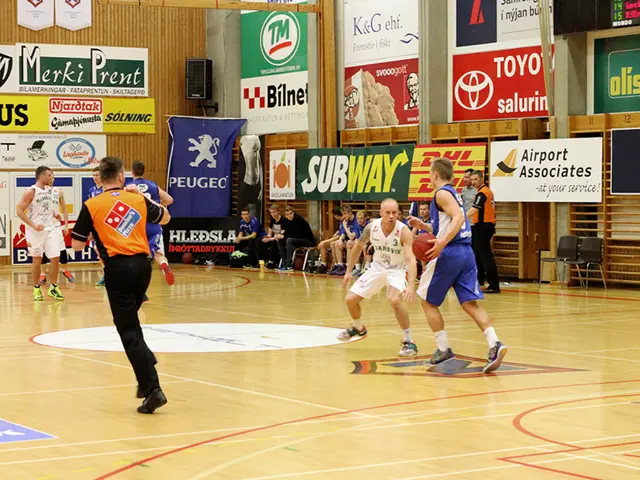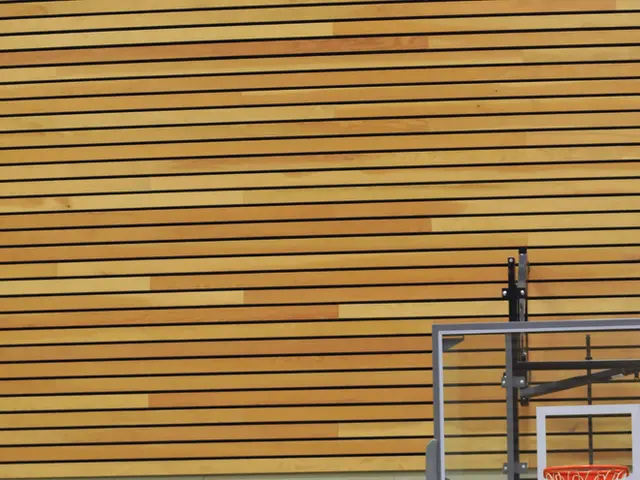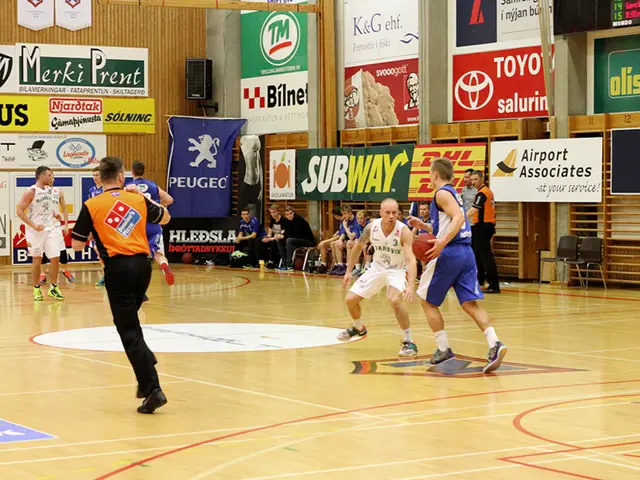Houthi drones aim for Israel amid escalating Gaza tension; assault is unsuccessful
In a significant development, the Iran-backed Houthis in Yemen claimed responsibility for launching six drones towards Israel on Tuesday evening. The attacks serve as a stark reminder of the ongoing instability in the region and indicate a potential escalation of tensions.
The Houthis' drone attacks targeted locations in Israel, including Haifa, the Negev Desert, Eilat, and Beersheba. While at least one drone was intercepted off the coast of Eilat, the remaining drones likely fell short of their targets.
The Houthis' demonstration of their capability to reach locations beyond Yemen's borders is a concerning development. This action underscores their continued efforts to project force beyond their conflict in Yemen and is linked to regional tensions associated with the Gaza conflict.
Regional tensions, particularly Iran’s strategic rivalry with Saudi Arabia and its allies, have significantly influenced the actions of the Houthis. Tehran’s support has enabled the Houthis to reject peace initiatives and continue the decade-long war, equipped with advanced weaponry including drones, ballistic missiles, and potentially hypersonic weapons.
Iran’s backing provides the Houthis with weapons transfers, training, and intelligence support, facilitating their maritime attacks in the Red Sea. Since late 2023, following a call by Iran’s Supreme Leader, the Houthis have imposed a maritime blockade and resumed strikes on civilian cargo vessels, thereby escalating regional tensions and threatening international navigation routes.
The Yemeni government and international actors attribute the prolonged conflict and increased Houthi aggression directly to Iran’s influence. They emphasize that Tehran’s arms smuggling enables the Houthis to sustain and extend their offensive capabilities, including projected attacks beyond Yemen’s geographical limits into critical maritime zones.
Regional and international efforts to curb Iranian arms shipments—including seizures of large Iranian weapon consignments destined for the Houthis—highlight persistent challenges in limiting Tehran’s proxy network. The Houthis' actions suggest a broader strategic intent beyond their conflict in Yemen, and may be an attempt by the Houthis to gain leverage in regional power dynamics.
In summary, Iran-backed regional tensions have led the Houthis to intensify military actions inside Yemen and assert force in regional strategic waterways, notably the Red Sea, leveraging Iranian-supplied advanced weaponry and logistical support to project power beyond Yemeni soil. The recent drone attacks on Israel underscore the complexity and interconnectedness of conflicts in the Middle East.
- The recent news of the Houthis' drone attacks on Israel, reaching locations such as Haifa, the Negev Desert, Eilat, and Beersheba, might be a sign of the group's expansion in the realm of art of war, notably sports of conflict.
- The ongoing Iran-Saudi Arabia rivalry in the Middle East, as evidenced by the Houthis' advanced weapons, including drones and potentially hypersonic weapons, is influencing the local arts and sports scenes, with tensions playing out not just on battlefields, but also in the realm of diplomacy and international politics.







